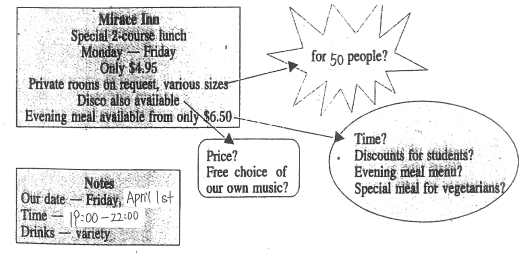0 134106 134114 134120 134124 134130 134132 134136 134142 134144 134150 134156 134160 134162 134166 134172 134174 134180 134184 134186 134190 134192 134196 134198 134200 134201 134202 134204 134205 134206 134208 134210 134214 134216 134220 134222 134226 134232 134234 134240 134244 134246 134250 134256 134262 134264 134270 134274 134276 134282 134286 134292 134300 151629

